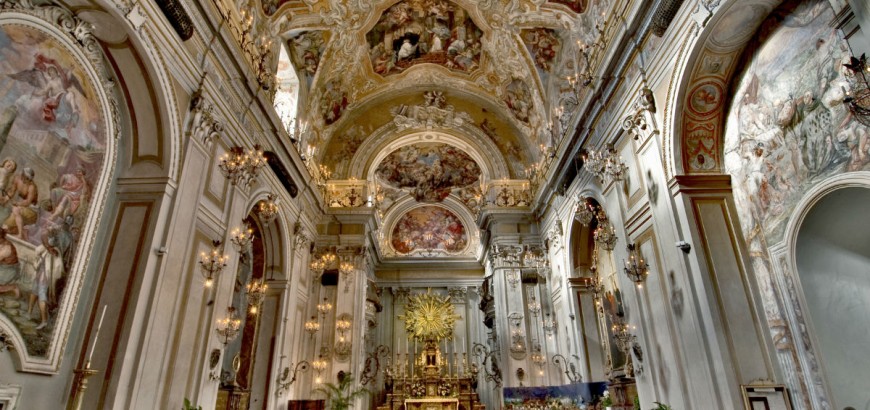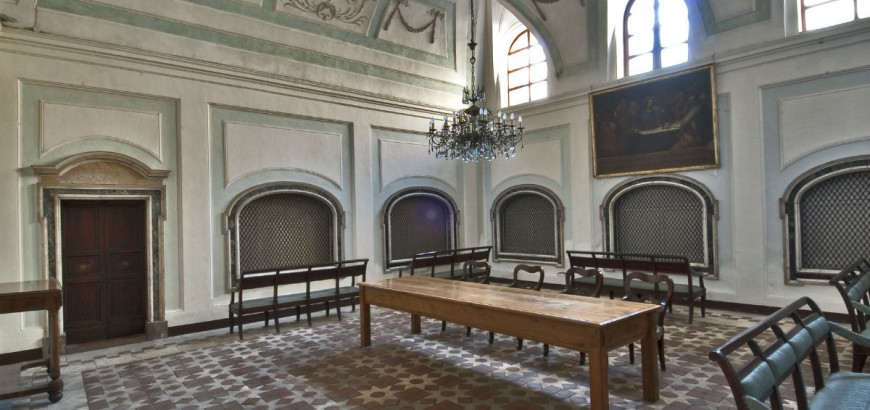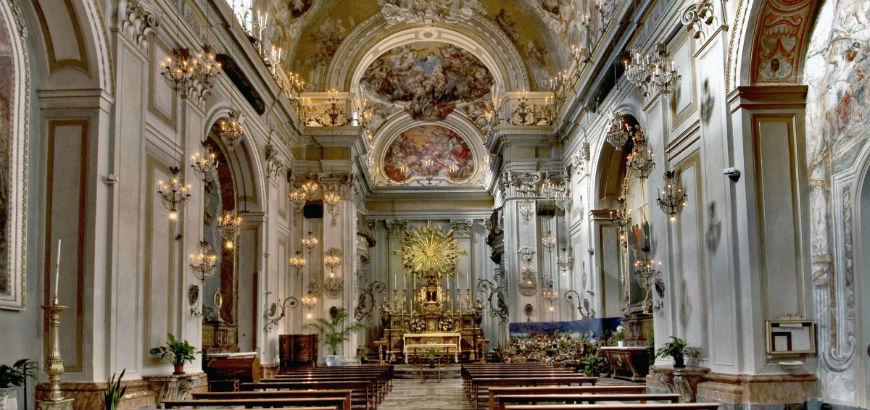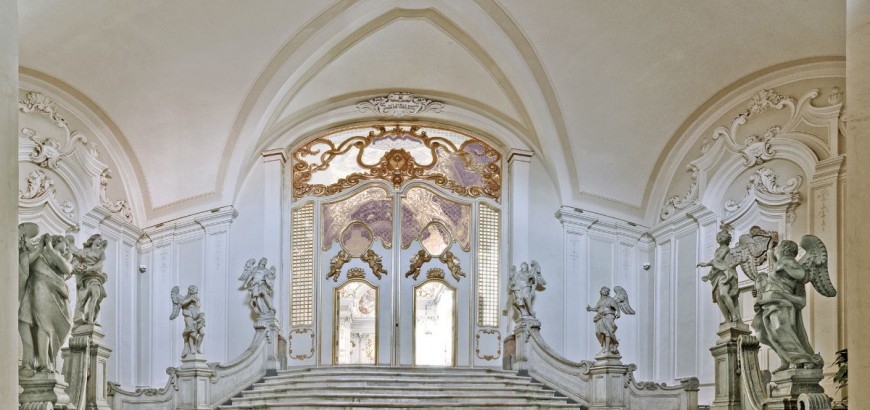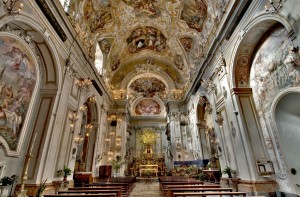
Historical Site Monastero San Benedetto
3495023822
Tuesday, Friday and Saturday from 10.00 AM to 01.30 PM and from 02.30 PM to 06.00 PM
A cultural tour that is the result of an extraordinary combination of history, art and modernity.
Audioguides in English and Italian through QRcode or direct link at the ticket office
Full ticket € 6,00
Reduced € 4,00: students, minors between 14 and 18 years
Reduced € 3,00: minors between 6 and 13 years
The visitor has to exhibit the useful documentation to show the affiliation to the band of contribution
The Monastery of Saint Benedict, situated in via Crociferi – considered part of the human heritage of UNESCO – is one of the artistic symbols of Catania. It is commonly identifiable by the eighteenth century arch which spreads over the street and unites the Monastery’s main abbey to the little one.
It’s possible to overstep the main entry of the Monastery, which was initially erected in 1350 and then built back again on its original ruins during the first years of the XVIII century, after then earthquake of 1693. Along the centuries the Monastery holds a life of seclusion in it which has inspired famous national writers and movie directors. This place in fact and its street became the set both of the novel “Storia di una capinera“, written by the nationally eminent writer Giovanni Verga, and its homonymous movie directed by Franco Zeffirelli.
The Saint Benedict Church is part of a prestigious monumental complex and it is one of the most important Sicilian churches in baroque style as well as one of the most beautiful ones in Europe. The church was amazingly frescoed just in three years, from 1726 to 1729, by a single painter named Giovanni Tuccari and born in Messina. Because of his skilled rapidity, he was defined the lightening of painting. Inside the church it’s likewise important to mention the altar (entirely realized in diaspro – a river stone – and preciously inlayed in pure gold and silver), the cantoria (a special elevated place where still nowadays it’s possible to listen to the harmonious choir of the nuns of seclusion) and the monumental Staircase of the Angels which brings to the main entrance of the church. As much striking as the rest are the grates, commonly named gelosie, which characterize the history of this place and the sacred intimacy of nuns.
